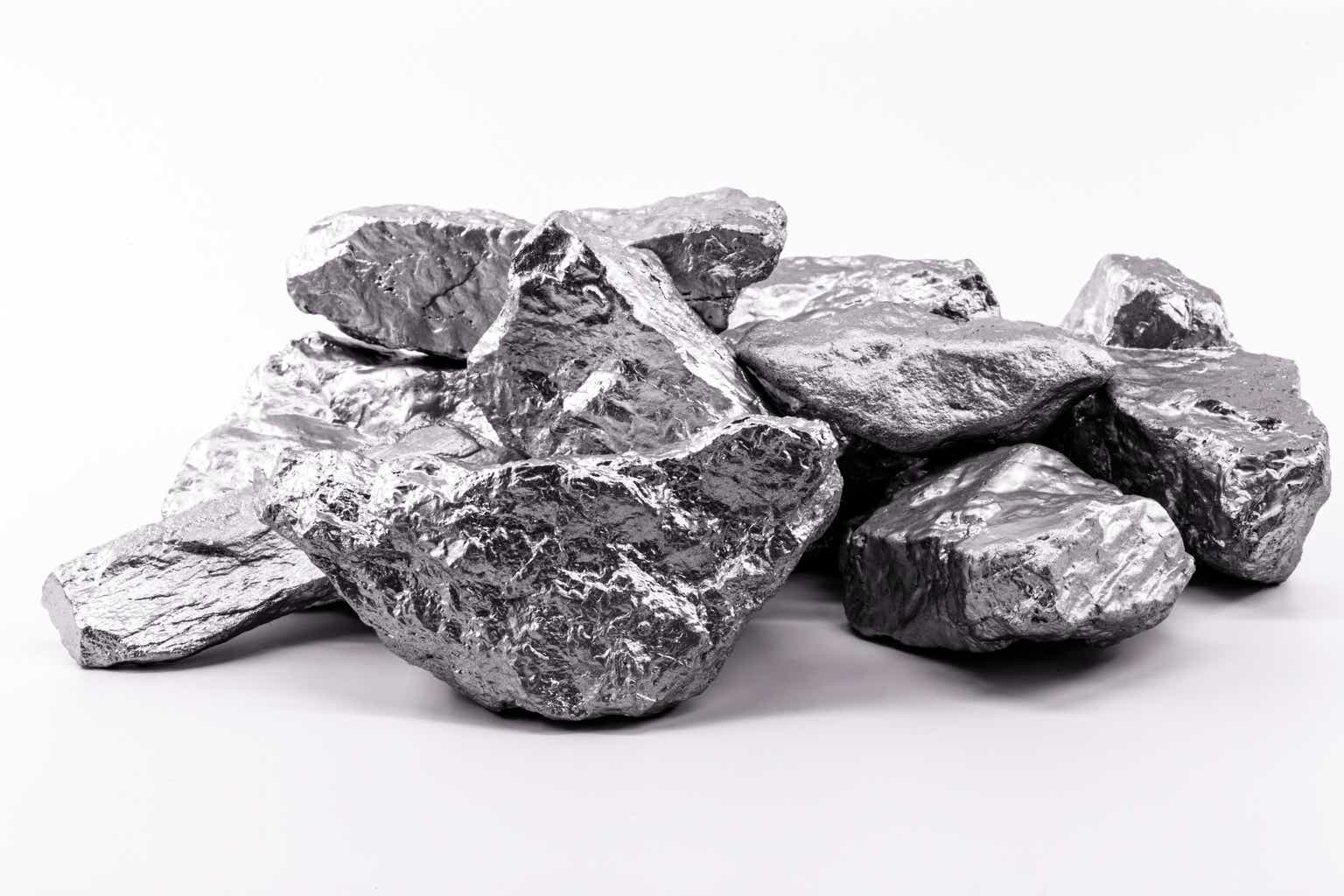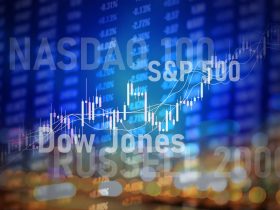Overview and recent performance of palladium
Since our initial bullish stance on the abrdn Physical Palladium Shares ETF (NYSEARCA:PALL) on February 15, 2023, palladium prices have declined, resulting in PALL shedding about 17% of its value. While we previously expected both macro and fundamental dynamics to bolster palladium prices, macro conditions have remained stable, especially with the flattish dollar index. Despite steady fundamentals, prices were largely influenced by speculative selling. Considering the current price levels, we see robust buying potential in palladium.
The Prospect of a Short-Squeeze
Speculators currently hold a record net short position on the Nymex. The potential for a significant short squeeze by year-end cannot be overlooked, especially with potential supply constraints from Russia looming. This positions the abrdn Physical Palladium Shares ETF as a promising investment vehicle for those keen on palladium exposure, anticipating a positive shift in macro and fundamental dynamics.

Bloomberg
Aberdeen Standard Physical Palladium Shares ETF: An Overview
Physical Backing The abrdn Physical Palladium Shares ETF stands out as a physically-backed exchange-traded fund (ETF). Rather than relying on paper contracts, this ETF directly holds allocated bars of palladium.
Secure Storage Locations The precious palladium bars under PALL are safely stored in two key locations: secure vaults in London, UK, and Zurich, Switzerland. These cities are well-regarded in the global finance and commodity sectors, further bolstering the trust in the ETF’s holdings.
Routine Inspections In order to ensure transparency and build investor trust, the palladium is subject to inspections twice annually. The renowned physical commodity auditor Inspectorate International is in charge of conducting the inspections.
Expense ratio
It’s worth noting that PALL’s expense ratio stands at 0.6%. The expense ratio represents the yearly fee extracted by the fund’s management to address operational costs. Expressed as a percentage of the fund’s average net assets, this is subtracted before establishing its net asset value.
Investment Objective PALL’s main goal is to mirror the performance of the physical palladium price. However, it’s worth noting that the performance does account for the Trust’s expenses. As such, PALL presents itself as an appealing choice for those with an investment interest in palladium. In the past year, PALL has witnessed a substantial decline, dropping by 36.29%. This performance is notably close to its benchmark, which saw a decrease of 33.58%.
Competition
Distinctly focused on palladium, PALL operates without a direct market rival. The Sprott Physical Platinum And Palladium Trust (SPPP) could be considered a close counterpart, but it diversifies across both platinum and palladium. For those wanting a clear palladium-centric investment, PALL remains unmatched.
Palladium’s 2023/24 Landscape
Resilient Demand:
Global auto sales, a key driver of palladium demand, have shown resilience despite looming fears of a global economic downturn. GlobalData reports an impressive 10% year-over-year growth in auto sales, with impressive growth rates seen across major economies: 13% in the U.S., 6% in Europe, and 7% in China. Nonetheless, electric vehicles, which don’t require palladium, have been gaining market share, which has tempered palladium consumption.
Surprising Supply Dynamics:
On the supply front, this year has unfolded differently than anticipated, according to the latest PGM market report by Johnson Matthey. While South Africa, a significant player, witnessed stagnant growth due to ongoing Eskom power outages and receding PGM grades, Russia emerged as the wild card. Specifically, Nornickel has reported a 5% year-over-year increase in palladium production, amassing 1.48 million ounces in the first half of 2023. This boost is attributed to proficient stockpile processing and the postponement of essential smelter maintenance. It’s noteworthy that Russia contributes nearly 40% to the global palladium output.
Potential for Tightened Supply:
However, there could be a shift on the horizon. Nornickel’s overdue maintenance is slated for later in 2023, which might cause a nearly 30% sequential decline in production for the latter half of the year, based on their recent guidance.
Heightened Bearish Sentiment:
The Commodity Futures Trading Commission (CFTC) data, as of August 29, paints an intriguing picture: the net short position in Nymex palladium held by speculators stands at around 10,000 contracts, a staggering 59% of the open interest. This represents the most significant net short speculative position since the CFTC initiated its data publication in 1993. This prevalent bearish sentiment offers an asymmetric investment opportunity. If the anticipated supply constraints from Russia come to fruition, we could see a significant short-covering rally, driving palladium prices upwards.
Final Thoughts
The current bearish sentiment dominating the palladium market seems overstretched, largely fueled by speculative trading activity. Speculators often miss the mark during pivotal moments, and we might be at such a juncture. The potential supply shortage from Russia, the world’s largest player in the palladium market, could be a game-changer. Our recommendation? Keep an eye on PALL, as it could be well poised to capitalize on any sharp rally in palladium prices.
Read the full article here












Leave a Reply